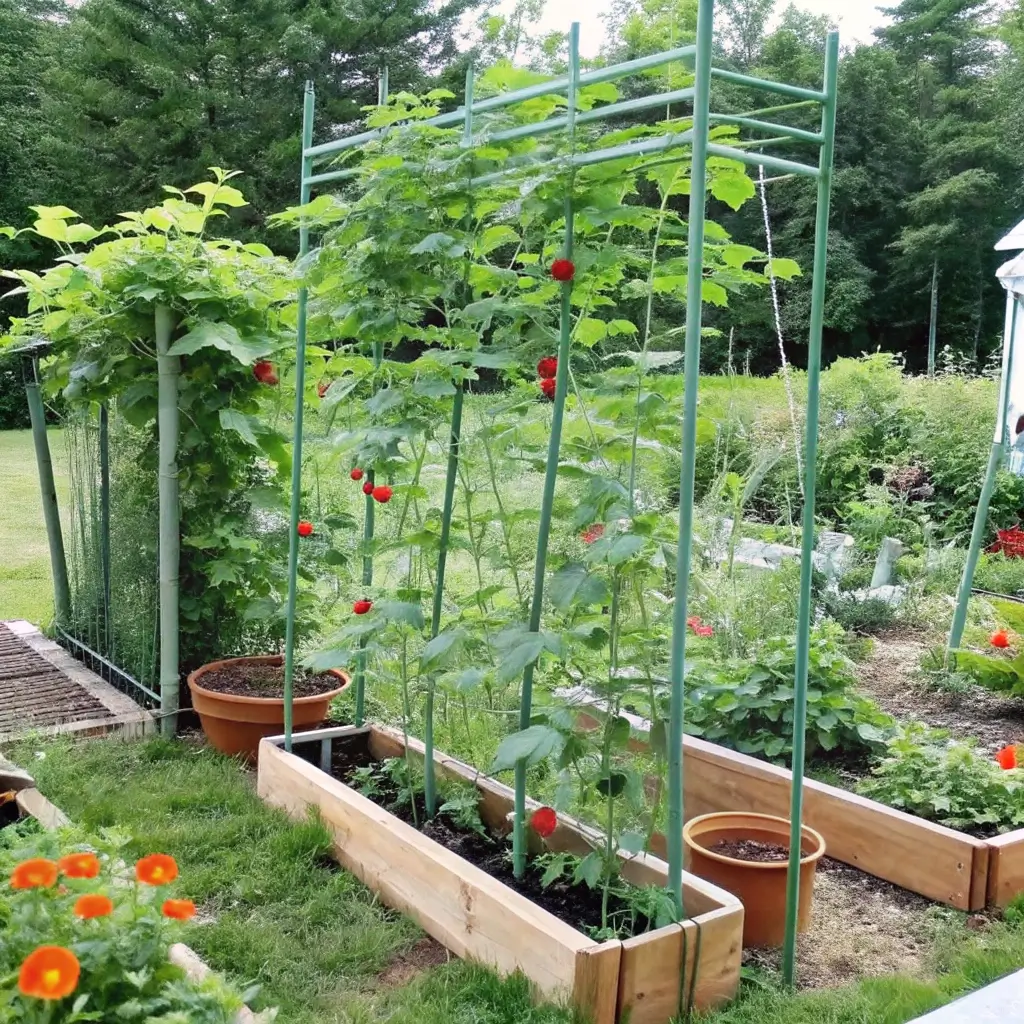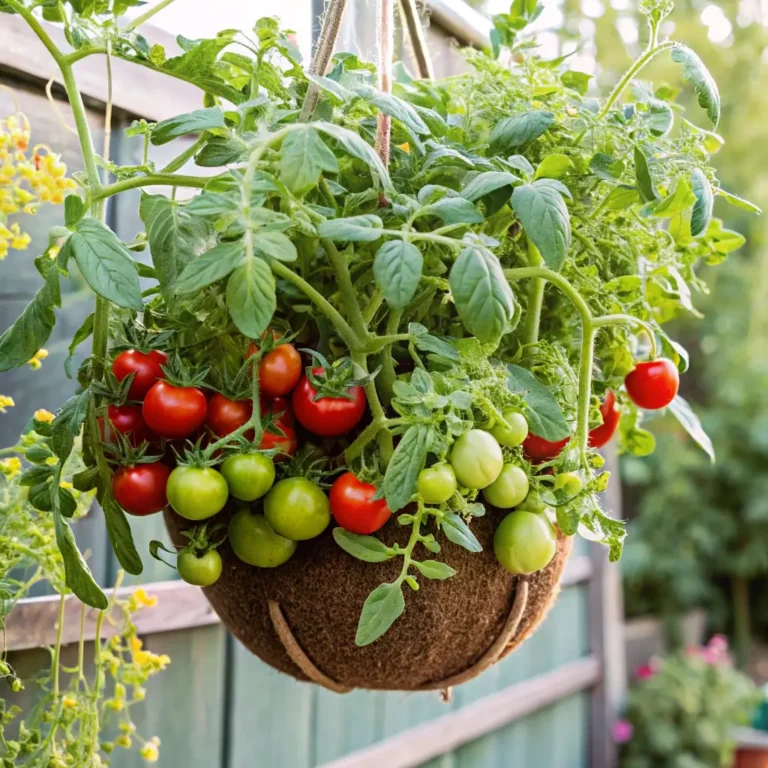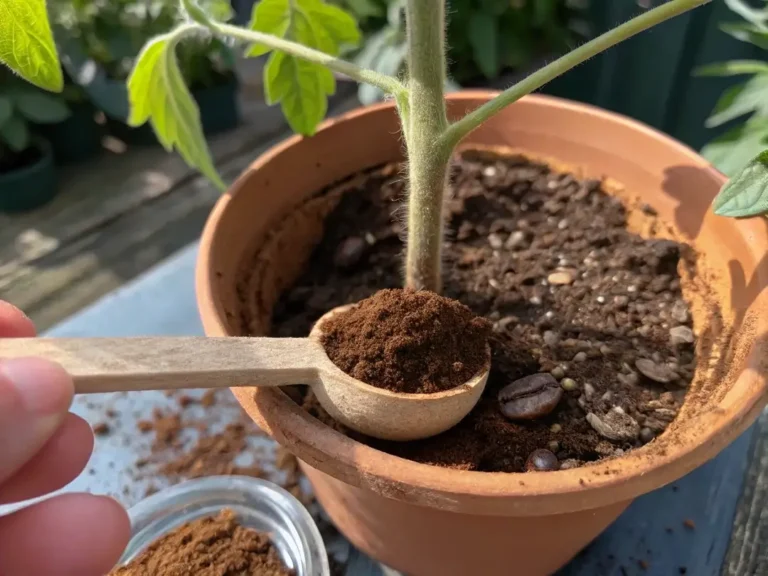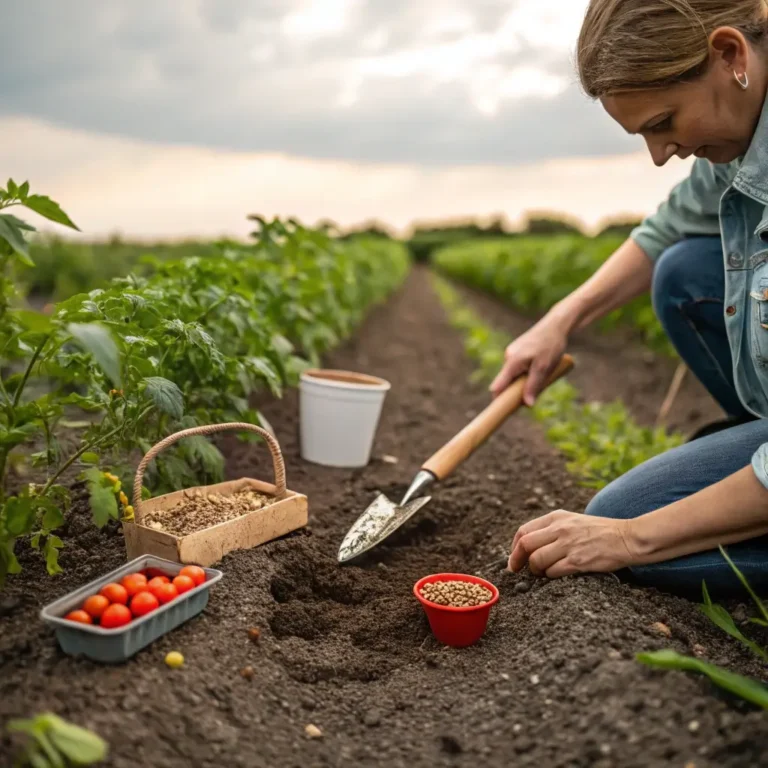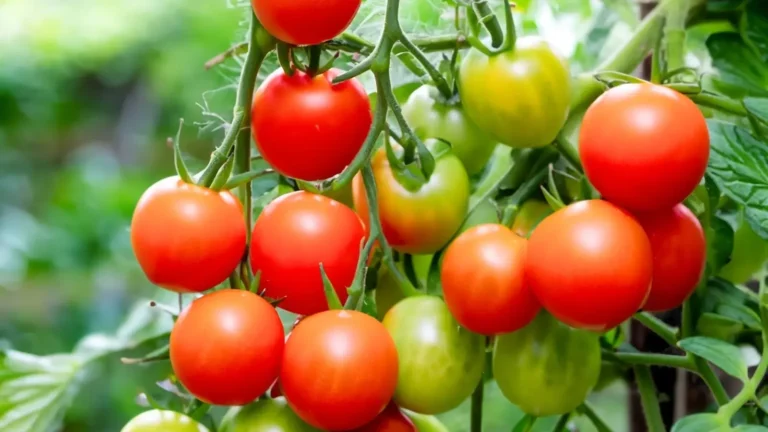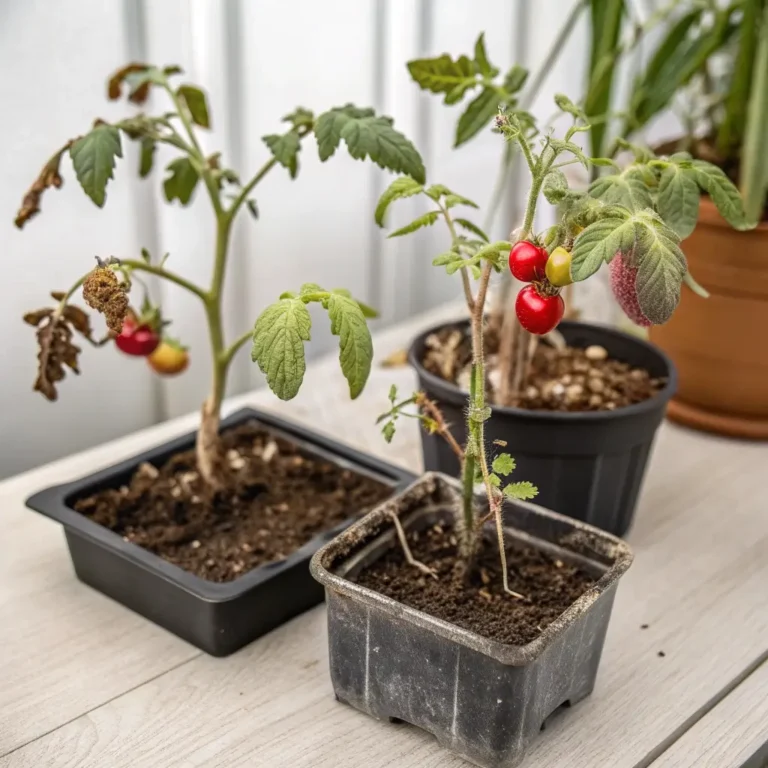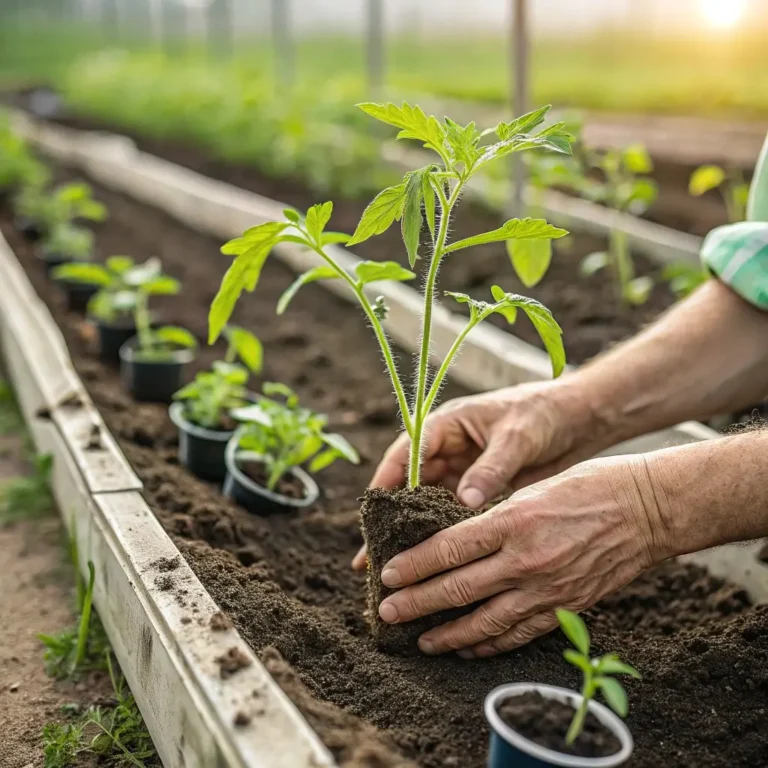10 Best Tomato Trellis Ideas for Your Backyard: 7 Must-Try Tips
Table of Contents
Introduction
Did you know that properly trellised tomato plants can yield up to 30% more fruit than those left to sprawl on the ground? Despite this significant advantage, over 60% of home gardeners still don’t use optimal support systems for their tomato plants. Whether you’re a seasoned gardener or just starting your first vegetable patch, finding the right tomato trellis ideas for your backyard can dramatically improve your harvest while saving valuable space. With the right support system, your tomato plants will thrive, producing healthier fruit with fewer pest problems and diseases. Let’s explore the 10 best tomato trellis ideas for your backyard and essential tips to maximize your growing success.
Materials You’ll Need
Before diving into specific trellis designs, gather these essential materials based on your preferred method:
- Wood options: Cedar or redwood stakes (4-6 feet tall), 2×2 lumber, bamboo poles
- Metal components: Cattle panels, concrete reinforcing wire, tomato cages, T-posts
- Fasteners: Garden twine, zip ties, wire, screws, garden clips
- Tools: Hammer, saw, wire cutters, post hole digger, drill
- Optional materials: PVC pipes, old ladder, recycled pallets, nylon netting
Substitution tip: If cedar or redwood isn’t available, pressure-treated pine can work, but use a protective barrier between the wood and soil to prevent chemical leaching.
Timing
- Installation time: 1-3 hours depending on design complexity
- Best setup period: 2-3 weeks after transplanting seedlings (or when plants reach 12-18 inches tall)
- Seasonal planning: Install trellises in early spring, which gives you 15% more growing time compared to waiting until plants start flopping
- Durability: Permanent structures last 5-10 years; temporary setups need seasonal replacement
Step-by-Step Trellis Ideas
1. Classic Stake and Twine Method
The simplest solution uses wooden or bamboo stakes driven 8-10 inches into the soil about 4 inches from each plant. As plants grow, secure stems to stakes using garden twine in a figure-eight pattern that won’t damage stems. This method costs under $10 for a small garden and works particularly well for determinate tomato varieties.
2. Florida Weave System
Perfect for rows of tomatoes, this commercial-inspired method uses stakes at either end of the row and every 4-5 feet in between. Weave twine horizontally between the posts at 10-12 inch intervals as plants grow. Research shows this system reduces fruit damage by 25% compared to unstaked plants while accommodating 8-10 plants per 10-foot row.
3. Cattle Panel Arch Trellis
Create a dramatic garden feature by bending a 16-foot cattle panel into an arch and securing the ends to the ground. Plant tomatoes along both sides for a living tunnel that allows easy harvesting. This design supports up to 40 pounds of fruit per linear foot and creates 40% more growing space through vertical expansion.
4. A-Frame Trellis
Build two slanted sides meeting at a peak to form an A-shape. This design provides excellent stability and air circulation, reducing fungal disease incidence by up to 45%. Perfect for indeterminate varieties that can grow over 8 feet tall, this structure creates a microclimate that extends your growing season by approximately two weeks.
5. Recycled Ladder Trellis
Repurpose an old wooden ladder by securing it at a 75-degree angle against supports. Plant tomatoes at the base and train them to climb through the rungs. This method provides built-in horizontal supports and creates distinct “zones” for organized harvesting based on ripening times.
6. Tomato Cage Towers
While commercial tomato cages often disappoint, reinforced homemade versions using concrete mesh or cattle panels can support even the heaviest heirloom varieties. Create cylindrical supports 24-30 inches in diameter and 5 feet tall for maximum stability and fruit production.
7. String Trellis System
Similar to commercial greenhouse methods, this system uses a single strong line anchored above each plant with plants trained to grow vertically along the string. Lower your plants weekly by unwinding the string to keep fruit at harvesting height, a technique that increases picking efficiency by 60%.
8. Pallet Trellis Wall
Transform a wooden pallet into a vertical growing frame by standing it upright, reinforcing as needed, and planting tomatoes along the base. Guide plants through the slats as they grow for an economical solution that’s ideal for small spaces and can increase your growing area by 200%.
9. PVC Pipe Trellis
Construct a lightweight frame using PVC pipes and fittings to create a customized support system. This weather-resistant option weighs 75% less than wooden equivalents and can be disassembled for winter storage, making it perfect for renters or gardeners with limited storage space.
10. Square Foot Garden Trellis
For urban gardeners using the square foot method, install a vertical trellis along the north side of your raised bed. This maximizes sun exposure while providing sturdy support, allowing you to grow up to 4 indeterminate tomato plants in just 4 square feet of garden space.
7 Must-Try Tips for Trellising Success
- Install your trellis system before plants get too large to prevent root damage
- Choose designs based on your specific tomato varieties (determinate vs. indeterminate)
- Ensure proper spacing (18-24 inches for most varieties) to maximize air circulation
- Use soft materials like garden twine or cloth strips for tying to prevent stem damage
- Prune suckers regularly on indeterminate varieties to maintain single or double stem growth
- Position trellises to maximize sun exposure (typically north-south orientation)
- Consider future seasons by installing permanent support structures that can be reused
Common Mistakes to Avoid
Avoid these frequent errors that can compromise your tomato harvest:
- Insufficient support strength: Underestimating the weight of mature plants (which can reach 30+ pounds)
- Improper material selection: Using non-weather-resistant materials that deteriorate mid-season
- Poor installation timing: Waiting too long to install supports, risking root damage
- Inadequate height planning: Not accounting for the full growth potential of indeterminate varieties
- Overcrowding: Placing plants too close together, reducing airflow and increasing disease risk by 40%
Conclusion
Implementing the right tomato trellis system transforms both the productivity and appearance of your vegetable garden. These 10 best tomato trellis ideas for your backyard offer solutions for every space, budget, and gardening style. By following our 7 must-try tips, you’ll create the ideal growing environment for healthy, productive tomato plants that yield bumper crops all season long. Which trellis design will you try this growing season? Share your experiences or questions in the comments below!
FAQs
How tall should my tomato trellis be?
For indeterminate varieties, aim for at least 6 feet in height. Determinate varieties can manage with 4-5 foot supports as they naturally stop growing at a predetermined height.
Can I use the same trellis system for cucumbers and tomatoes?
Yes, most sturdy trellis designs work well for both, though cucumbers climb more readily using tendrils while tomatoes need to be actively trained or tied.
What’s the most cost-effective trellis for beginners?
The stake and twine method or Florida weave system offer the best combination of low cost and effectiveness for new gardeners.
How do I trellis heirloom tomatoes that grow very large?
Heavy-fruiting heirlooms benefit from sturdy cage towers or A-frame structures that can support significant weight without collapsing.
Can I build tomato trellises in containers?
Absolutely! Container-grown tomatoes need support too. Use smaller versions of stake systems or specialized container cages, ensuring the trellis is anchored securely in the pot.

